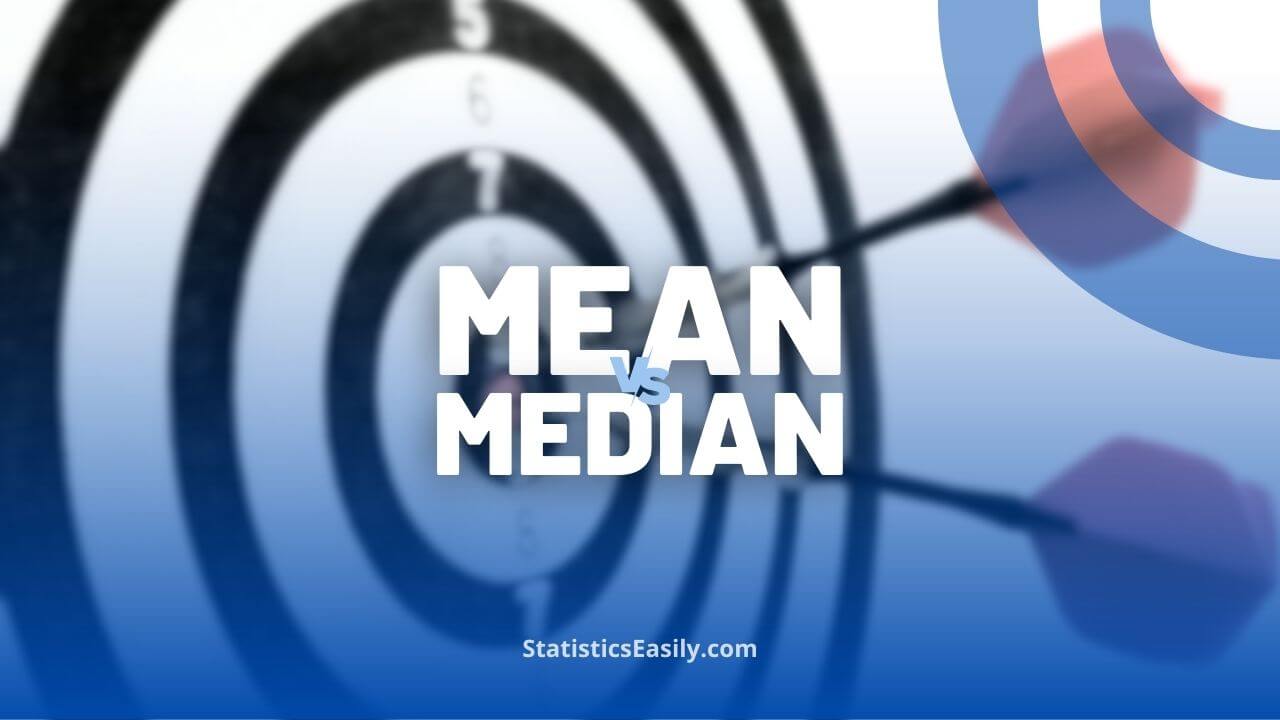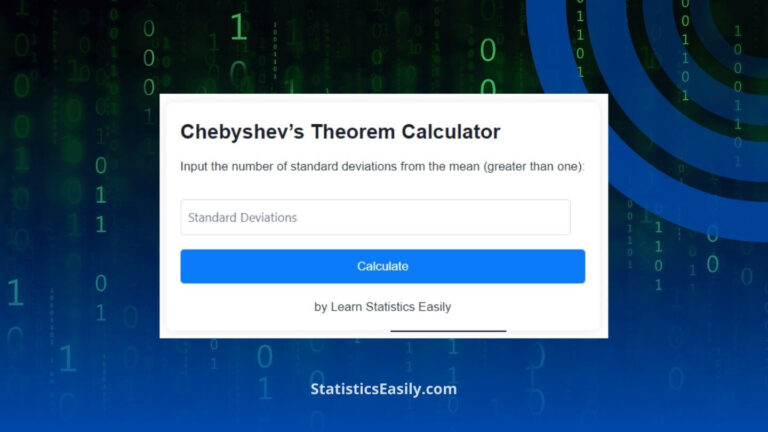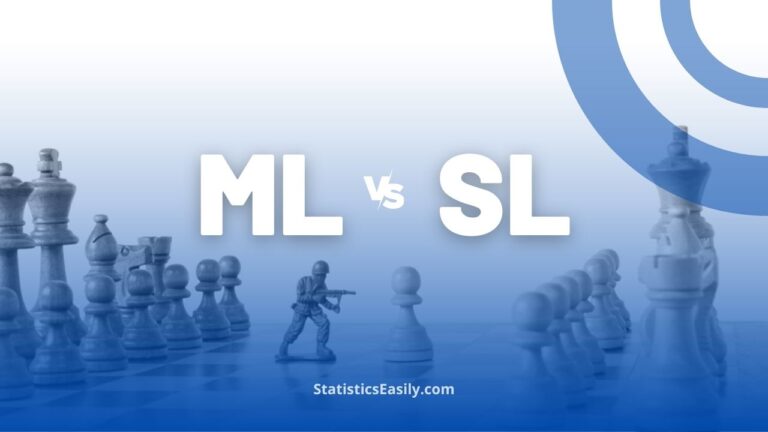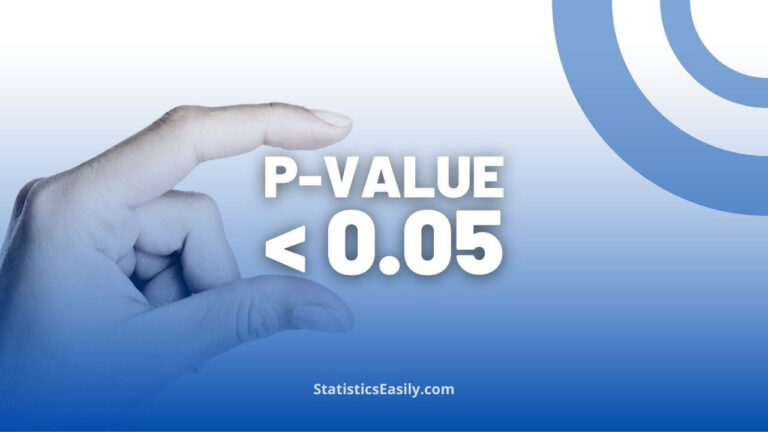Which is Better, Mean or Median?
The choice between mean vs median depends on your data. The mean is suitable for normally distributed data without significant outliers. At the same time, the median is better for data with significant skewness or outliers. Each represents the central location effectively under different data characteristics.
Overview of Central Tendency Measures
Measures of central tendency are vital tools in statistics. They provide a way to summarize and comprehend large datasets by identifying a central value. There are three main types: the mean, the median, and the mode.
This article focuses on the mean and the median, as these are most commonly used in data science and statistical analysis.
Highlights
- Mean, the average, is calculated by adding all data points and dividing by their number.
- The mean is effective for normally distributed data without extreme outliers.
- The median is the central value in an ascending-ordered dataset.
- The median is more representative of skewed data or with outliers.
- Mean considers all data points and can be skewed by extreme values. The median is robust to outliers, unaffected by extreme values.
Ad Title
Ad description. Lorem ipsum dolor sit amet, consectetur adipiscing elit.
The Concept of the Mean
The mean, often called the average, is calculated by adding all the numbers in a dataset and dividing by the data points number. For example, the mean of 3, 5, and 7 would be (3+5+7)/3 = 5. The mean is especially useful when data points are similar, giving equal weight to every data point. However, it can be heavily affected by outliers or extreme values in the data. This makes the mean most appropriate when the data is normally distributed without extreme outliers, as it effectively represents the data’s central location within this distribution.
The Concept of the Median
Conversely, the median is the middle value in a dataset when arranged in ascending order. The median is the middle number if a dataset has an odd number of observations. When there is an even number of observations, the median is obtained by calculating the average of the two numbers in the middle. For example, the median of 3, 5, and 7 is 5, and the median of 3, 5, 7, and 9 is (5+7)/2 = 6. The median, less affected by outliers and skewed data, is a robust measure of central tendency. When dealing with data that does not follow a normal distribution or has significant outliers, the median is often a more representative measure of central location than the mean.
Mean vs Median: Which is Better?
When comparing mean vs median, it is essential to consider the nature of your data. Carefully weigh each option’s advantages and disadvantages to determine the most appropriate measure for your data set.
The mean is calculated from all data points, making it highly sensitive to extreme values or outliers. If there’s an extreme value, the mean will be skewed towards it, which might not accurately represent the data’s central tendency if the data isn’t normally distributed or has significant outliers.
On the other hand, the median, being the middle value, is more robust to outliers. Regardless of how extreme an outlier is, it doesn’t change the position of the median. This resilience to extreme values makes the median more representative of data with significant skewness or outliers.
So, which is better? The mean or the median? The answer is: it depends. The mean can be a good choice if the data is normally distributed and has no significant outliers. However, the median might be more representative if the data has considerable skewness or outliers. So it’s all about selecting the measure that best aligns with your data’s characteristics.
Real-World Implications
The decision between mean and median can significantly impact real-world conclusions.
For instance, in the income data of a region, if a few individuals earn extraordinarily more, the mean income would be much higher than most individuals’ income. Here, the median would provide a more accurate representation of a “typical” income.
Conversely, the mean would be more informative in a quality control scenario in manufacturing, where the dataset is expected to be nearly normally distributed. Therefore, deviations from the mean indicate production anomalies needing attention.
Ad Title
Ad description. Lorem ipsum dolor sit amet, consectetur adipiscing elit.
Recommended Articles
Explore more insights on our blog! Check out other articles for a deeper understanding of statistics, data analysis, and more relevant topics.
- Mastering the Mean (Story)
- How to Calculate the Median in Excel – Simple Steps
- Measures of Central Tendency: Mean, Mode, Median
- Defining the Mean in Simple Terms! Mastering the Basics
- Measure Of Central Tendency – an overview (External Link)
- Histogram Skewed Right: Unveiling the Truth Behind Asymmetrical Data
- Left-Skewed and Right-Skewed Distributions: Understanding Asymmetry
Frequently Asked Questions (FAQs)
To calculate a dataset’s mean, add all data points, dividing the sum by the total number of data points.
The mean is best used with normally distributed data and without significant outliers.
The median is the central value when a dataset is arranged in ascending order.
The median is most effective with skewed data or data with significant outliers.
The mean can be significantly skewed by extreme values or outliers.
The median is robust against outliers, unaffected by the extreme values.
The mean and median are the same in a symmetric distribution, effectively representing the data’s center.
A data scientist might choose the median over the mean in a skewed distribution because it is a more robust measure and less affected by extreme values.
Neither is universally better; the choice depends on the dataset and question.
The goal is to understand when to use each measure effectively, depending on the characteristics of the data.








